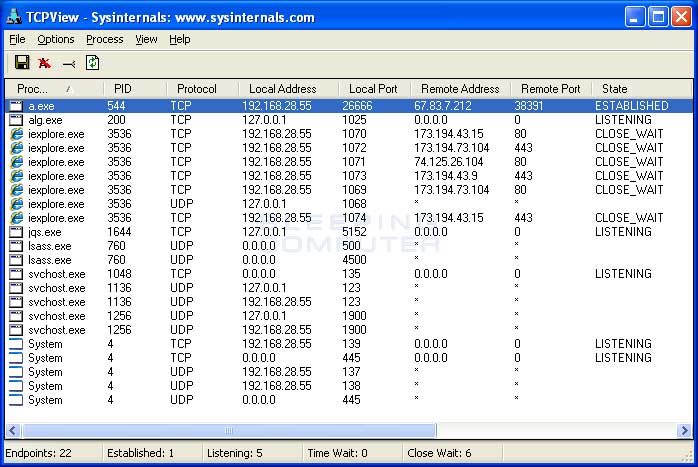Menggunakan Remot Access Trojan
- I have tried everything I can imagine to fix issue and nothing works. Level 2 Microsoft techs, both remote and in store were unable to fix. I have what must be a Remote Access Trojan that infects all Windows OS as well as OS x, Linux, iOS, Android.
- Manually Remove remote access trojan(RAT) - Remove Trojan Horse Virus Step by Step remote access trojan(RAT) is a dangerous computer infection that gets into the target computers secretly without consent. It causes your computer to function abnormally and drops additional threats to further destroy your computer.


HOW HACKERS WRITE A TROJAN HORSE
RAT singkatan Remote Access Trojan atau Remote Administration Tool. Ini adalah salah satu virus yang paling berbahaya di luar mereka melalui internet. Hacker dapat menggunakan RAT untuk mendapatkan kontrol penuh ke komputer Anda. Dia bisa melakukan apa saja dengan dasarnya komputer Anda.
Hackers have written Trojan horses in practically every programming language, including MS-DOS batch files and BASIC. The choice of programming language isn't as important as creating a Trojan that can avoid detection, install itself without the victim's knowledge, and do its work. Still, the two most popular programming languages for writing RATs are C/C++ (Back Orifice, for example) and Delphi (NetBus), because both languages can create small programs that can be stored in a single executable file.
While it's possible to write a RAT in a language like Visual Basic, the chances of such a Trojan running are much lower, since Visual Basic programs require special, large run-time files, while C/C++ and Delphi programs do not. If a computer lacks the correct run-time files, Visual Basic programs won't run.
Some Trojans are easier to write than others. A Trojan horse that mimics a login screen to steal passwords will be much easier to write than a remote access Trojan. To help each other out, many hackers provide the source code for their Trojans on hacker sites. Hackers can then study the source code and try to write a new Trojan from scratch or modify the source code to create a new variant instead.
Menggunakan Remot Access Trojan Key
Another way to get source code to create a Trojan horse is to copy the code from any open source project. (Linux is the most famous open source project, but there are other ones as well, such as Phoenix Mail, which was used to create the ProMail Trojan horse.) Once hackers have the source code to a legitimate program, they can add their own code to turn the program into a Trojan horse.
NJRat is a remote access trojan (RAT), first spotted in June 2013 with samples dating back to November 2012. It was developed and is supported by Arabic speakers and mainly used by cybercrime groups against targets in the Middle East. In addition to targeting some governments in the region, the trojan is used to control botnets and conduct other typical cybercrime activity. It infects victims via phishing attacks and drive-by downloads and propagates through infected USB keys or networked drives. It can download and execute additional malware, execute shell commands, read and write registry keys, capture screenshots, log keystrokes, and spy on webcams. In 2014, Symantec analyzed samples of NJRat and uncovered 542 C2 server domain names and 24,000 infected computers worldwide. 80 percent of the C2 servers were located in the Middle East and North Africa.
Reporting
- July 2014: Microsoft darkens 4MM sites in malware fight. (KrebsOnSecurity)
- March 2015: NJRat makes a comeback. (PhishMe)
- October 2016: VoIP gaming servers abused to spread remote access trojans (RATs). (Softpedia)
- October 2016: RAT hosted on Pastebin leads to BSOD. (Softpedia)
- March 2017: The Islamic State website was hacked and distributed the NJRat trojan by luring visitors into clicking a fake Flash update link. (Motherboard)
- April 2018: njRAT pushes Lime ransomware and bitcoin wallet stealer. (Zscaler)
Technical Details
- General Dynamics provides technical details on the NJRat, here.
One example of the NJRat variant. Image Source: Phishme
